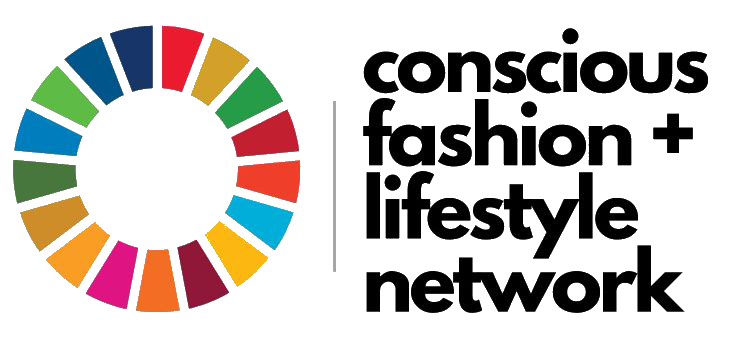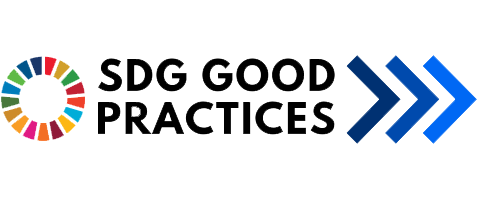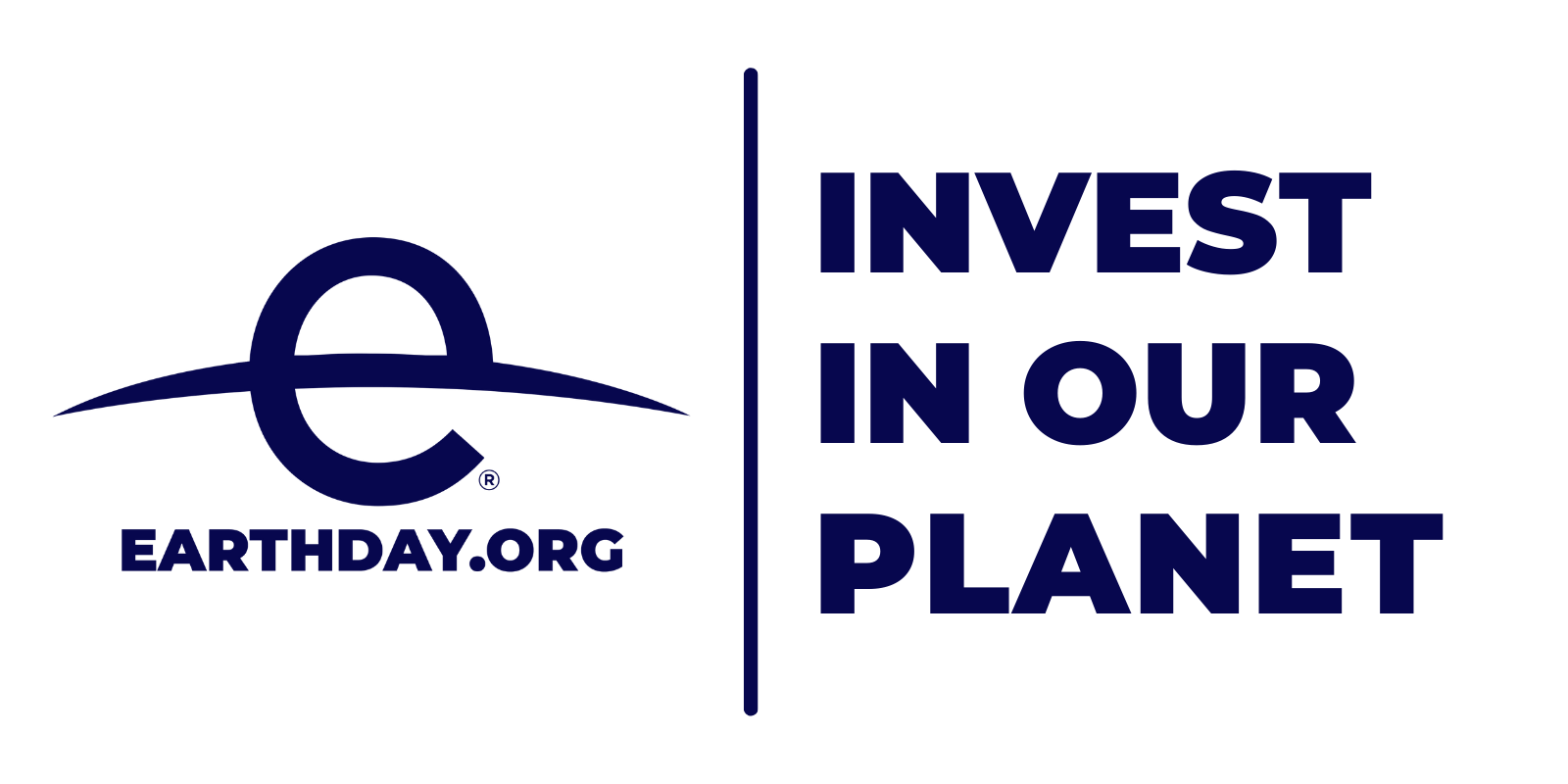2021 Student work
Design and Comms
Students were asked to challenge the fashion industry by teaching new design philosophies and communication strategies for professionals, consumers or students.
Deliverables included a storyboard of the process of designing a fashion collection and an innovative communication strategy proposing an alternative way without fur. Key messages needed to be developed, target audiences set and practical outputs linking to ACTAsia’s annual forum had to be achieved (such as speaker selection, key visuals etc).
Themes of compassion, environment, humans/society and care for animals had to be incorporated and the fashion industry, design process and communication methods to be critically analysed with a proposition for a meaningful way forward.
Keeping in mind that the consumer market should be focused on Millennials and Generation Z, the communication strategy needed to connect with and maximise the opportunity for change within these target groups. The aim was to show examples of alternatives and a new way to a more compassionate and caring future.

Fashion course review
ACTAsia was looking for an evaluation of the 12-hour course with suggestions at every step of alternative methodologies, or different ways to present the facts, knowledge and cases to students.
In addition, suggestions had to be made on how to improve the course’s reach to the Gen Z and Millennial target audiences while mock examples of manifestos and portfolios were requested from students to be used as inspiration and guidelines for future course-takers.
Articles, journals and resources pertaining to fur free and sustainable fashion as well as resources to support supplies of alternative materials in Asia, were to be collected by students and added to their work as supplementary findings.

Research
Alternatives to fur, or vegan / plant-based materials are a new and upcoming area, although there is often fire driven at these products in the media with sweeping statements regarding use of plastics or overuse of water, for example.
ACTAsia asked for research and evidence to be collected on ten vegan plant-based alternative materials considering their sustainability throughout the process from seed to product and afterlife: namely, considering environmental, human and animal impact (good and bad). Notes included discussions and research into:
- Drawbacks for the designer and advantages/uses/unique applications
- Environmental credentials and what they mean
- Carbon emissions
- Water usage
- Chemical usage
- Pollution potential (and actual)
- Human and Animal potential for harm or cases for positivity
- Environmental Impact Assessment details on the materials
- Afterlife; role within repair reuse & recycle industry
- Evidence and reference lists to support
- Examples of plant-based materials could include (but were not limited to), cactus, mushroom, apple, banana, pineapple, mango, bamboo, hemp, linen, modal, lyocell.
Deliverables needed to be a report which would act as a reference guide for each material as well as a scoring system and quick reference table on the aforementioned impacts. In addition, students were asked to provide suggestions for future research to support promotion of plant-based vegan fibers within the fashion industry.
![ACTAsia [logo]](https://www.actasia.org/wp-content/themes/ACTAsia-2022-theme/assets/img/actasia-en-colour.svg)



